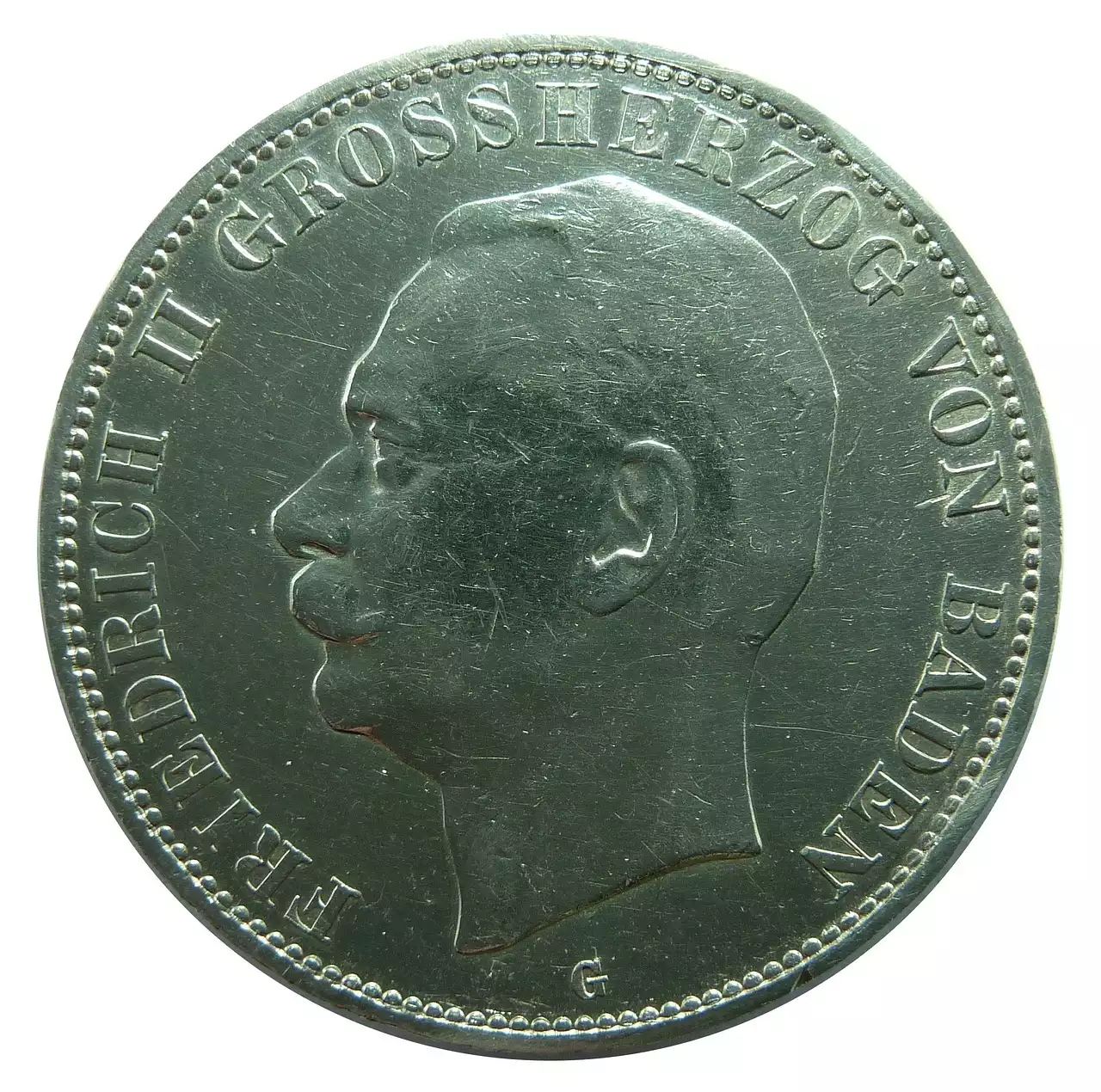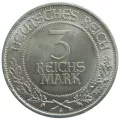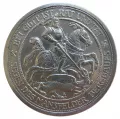Banknotes have been around for centuries, but the first paper banknote was issued by the National Bank of Belgium in 1896. The idea behind banknotes is simple: they are a form of money that can be exchanged for goods and services without requiring the user to carry large amounts of gold or silver as a precaution. This makes them more convenient than other currencies since people do not need to store several ounces of gold in their house just to buy a newspaper or take an omnibus home from work. This article takes an in-depth look at how and why banknotes became commonplace, how they work, how to identify fakes, and which are the most valuable.
What is a Banknote?
A banknote is a form of currency that is printed on paper. They are created by a government-sanctioned central bank or monetary authority and used as a payment method. They are different from coins since coins are made from metals such as gold, silver, or copper. Banknotes are the most common form of paper money used globally. Paper money started to be used in China in the 11th century. The first printed paper money was issued in China in the 9th century. There are many different designs and sizes of banknotes in circulation, but the most common is the standard “paper” banknotes printed on paper made from linen and cotton fiber and “polymer” or “plastic” banknotes that are printed on a type of synthetic polymer plastic material.
The Development of Banknotes
The first forms of paper money were Chinese “flying cash”, issued between the 9th and early 10th centuries. These were issued by provincial governments and could be exchanged by merchants for silk, cotton, and hemp cloth. In the 11th century, the first paper money was issued by Chinese merchants. This was a single note of exchange and was used as a promise to pay cash to the person who deposited the note at a bank. In the 13th century, the first banknotes were issued by commercial banks in Italy. These were called “jiaozi” and were used as promissory notes that could be exchanged for coins. In Europe, paper money emerged in the 16th century. These notes were issued by goldsmiths and were used as a form of receipt for gold that was deposited with them.
How Do Banknotes Work?
There are three types of banknotes in the world: paper, polymer, and coin banknotes. Paper banknotes are the most common type of banknote and are printed on paper made from linen and cotton fiber. The report is usually either one-sided (all paper) or two-sided (paper on both sides). Others are printed on a unique synthetic polymer plastic material. The printing process involves several different steps. First, an image of the desired design is engraved onto a metal plate. This image is transferred to a rubber blanket, which is then pressed against a fabric substrate of paper or plastic film. Finally, the design is transferred from the fabric to the article or plastic substrate. The article or plastic substrate is then cut into sheets and distributed to banks.
Identifying Fake Banknotes
To identify a fake banknote, it is important to know the security features of that particular banknote. For paper banknotes, there are many security features such as watermarks, thread, color shifts, and ultraviolet fluorescence. For polymer banknotes, the security features are holograms, micro-lettering, and the use of unfamiliar materials. To help identify banknotes, a feature called “Find Your Note” has been set up. On this website, the user can upload a picture of a banknote and it will tell them more information about it.
The Most Valuable Banknotes
The most valuable banknote in the world is the 1917 $100,000 bill issued by the Federal Reserve Bank of New York. This note is worth $9.5 million and is the only note of its kind in existence today. The second most valuable banknote is the 1934 $100,000 bill issued by the Federal Reserve Bank of Chicago. This note is worth $4.7 million. The most valuable polymer banknote is the 100 Swiss franc note worth about $100. The most valuable paper banknote is the 10,000,000 Swiss franc note worth about $100,000. The most valuable banknote in the world is the 10,000,000 Swiss franc note worth about $100,000. The second most valuable banknote is the 100 Swiss franc note worth about $100. The most valuable polymer banknote is the 100 Swiss franc note worth about $100. The most valuable paper banknote is the 1917 $100,000 bill issued by the Federal Reserve Bank of New York.
Conclusion
Banknotes have been around for centuries, but the first paper banknote was issued by the National Bank of Belgium in 1896. The idea behind banknotes is simple: they are a form of money that can be exchanged for goods and services without requiring the user to carry large amounts of gold or silver as a precaution. This makes them more convenient than other currencies since people do not need to store several ounces of gold in their house just to buy a newspaper or take an omnibus home from work. Nowadays, we have many different types of banknotes, and they have evolved. These include paper, polymer, and coin banknotes. Paper banknotes are the most common type of banknote and are printed on paper made from linen and cotton fiber.

 What are Collectable Banknotes?
What are Collectable Banknotes? The 1890 Grand Watermelon Banknote
The 1890 Grand Watermelon Banknote Collecting Bank Notes as a Hobby
Collecting Bank Notes as a Hobby An Insight into British Currency
An Insight into British Currency